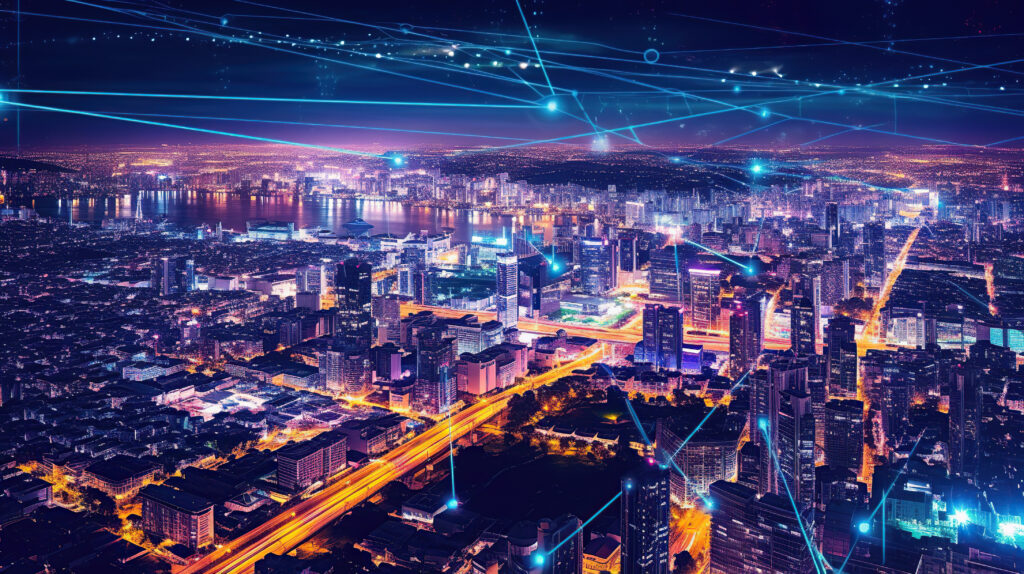According to the Berg Insight report, five smart technologies are the most common in smart cities
Technologies and IoT applications for smart cities are the first drivers that will drive the growth of tomorrow’s cities. This is confirmed by Berg Insight, the world’s leading provider of IoT market research, in its recent report on smart city technology.
According to the report, except for China, the largest market for IoT applications dedicated to smart cities is Europe. North America is in second place, while the regions of the Middle East and Asia-Pacific represent the most fertile market in rapid growth, fed also by the many new urbanization initiatives.
“These regions offer fertile ground for innovation and investment, presenting significant opportunities for stakeholders to capitalize on the demand for sustainable urban solutions and digital transformation”, said Felix Linderum, IoT analyst, Berg Insight.
Demand for remotely managed infrastructure is growing by the day. “Truly smart cities are starting to emerge but their continued development will largely depend on the ability of local governments to navigate the complexities involved”, continued William Ankréus, IoT analyst, at Berg Insight. “The massive influx of people into cities around the world and the increased interest in social, environmental and economic sustainability will continue to act as driving forces for smart cities and their enabling technologies“, concluded Mr. Ankréus and Mr. Linderum.
read also AIoT, when Artificial Intelligence rules the IoT in smart cities
What are the most popular IoT applications for smart cities
The technologies of smart cities today shape the urban realities of tomorrow. The demand for remotely managed infrastructure grows day-by-day.
The five key technological areas identified by the Berg Insight report are:
- smart street lighting,
- smart parking,
- intelligent collection of waste,
- monitoring of urban air quality
- smart city surveillance.
In 2023, the global installed base of individually controlled smart street lights amounted to 23.4 million units (excluding China). Smart parking applications and sensors for smart waste collection also garnered considerable interest with 1.30 million and 1.25 million units installed, respectively. According to the report, these numbers are set to triple in a few years, reaching 63 million units installed by 2028 in the case of intelligent lighting.
The IoT applications for smart cities dedicated to non-regulatory urban air quality monitoring have instead undergone in recent years a technological evolution among the highest. Increasingly small and efficient systems for detecting the overshoot of pollution limits, at ever lower costs. According to the report, by 2028, these IoT applications will reach 498,000 units installed, starting from about 154,000 items installed in 2023. However, the largest of the five application areas for smart cities is certainly the surveillance segment which reached a global market value of 12.5 billion euros in 2023. These are mainly video and audio surveillance solutions, both fixed and mobile, ready to grow by 16.8% by 2028.

